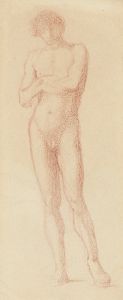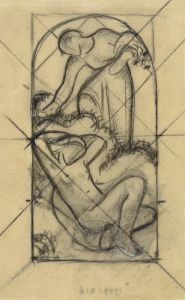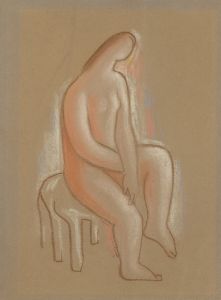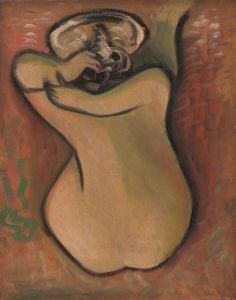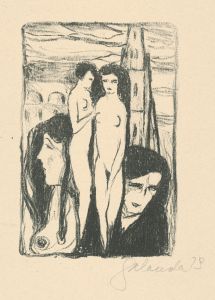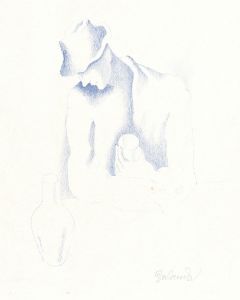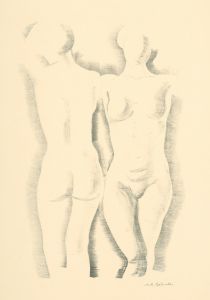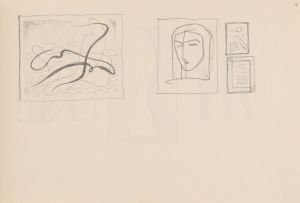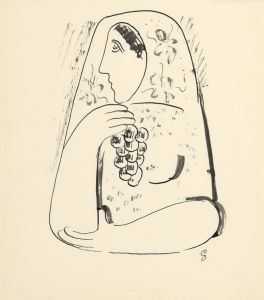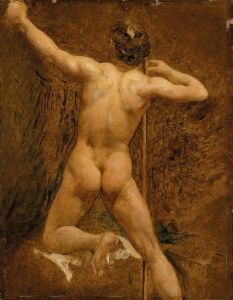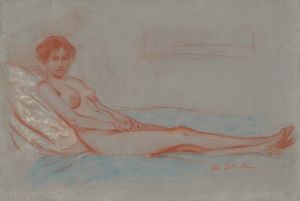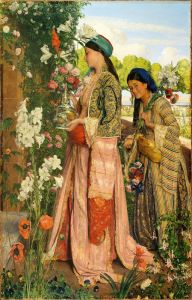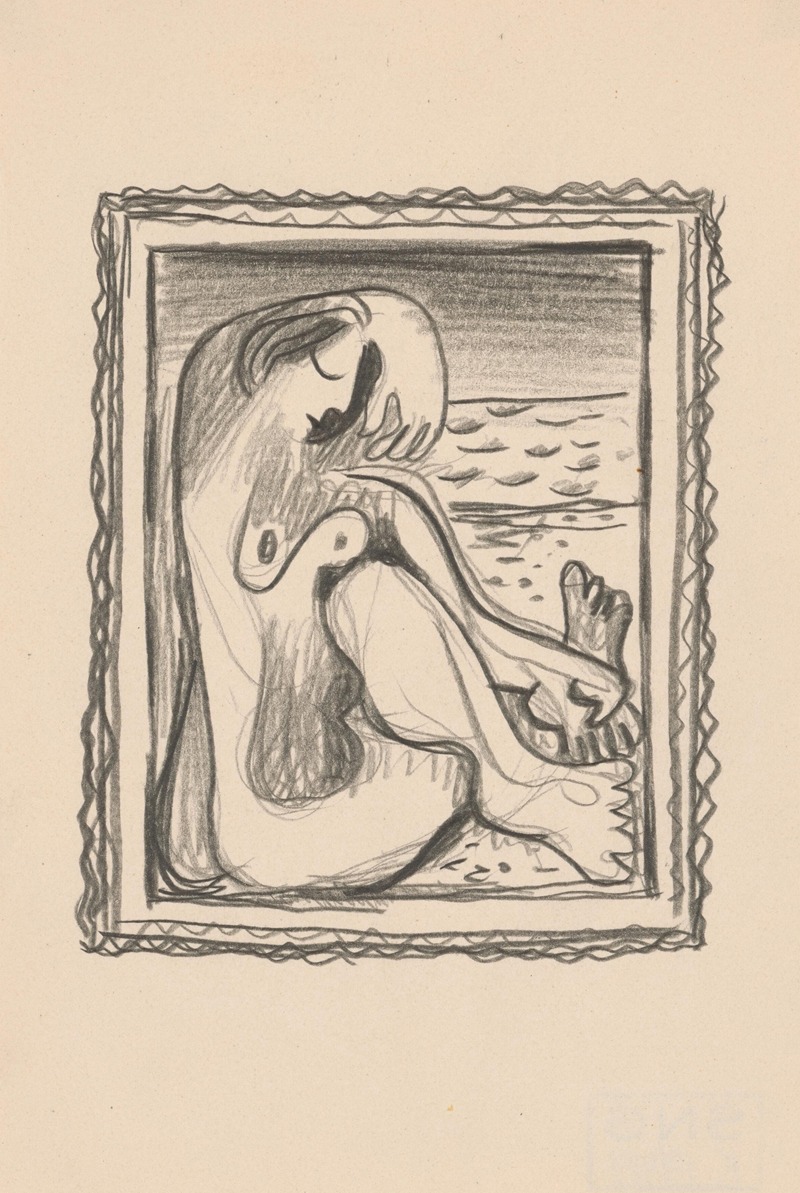
Štúdia obrazu sediaceho ženského aktu
A hand-painted replica of Mikuláš Galanda’s masterpiece Štúdia obrazu sediaceho ženského aktu, meticulously crafted by professional artists to capture the true essence of the original. Each piece is created with museum-quality canvas and rare mineral pigments, carefully painted by experienced artists with delicate brushstrokes and rich, layered colors to perfectly recreate the texture of the original artwork. Unlike machine-printed reproductions, this hand-painted version brings the painting to life, infused with the artist’s emotions and skill in every stroke. Whether for personal collection or home decoration, it instantly elevates the artistic atmosphere of any space.
Mikuláš Galanda was a prominent Slovak painter and illustrator, known for his significant contributions to modern Slovak art in the early 20th century. Born on May 4, 1895, in Turčianske Teplice, Slovakia, Galanda became a key figure in the development of Slovak modernism. His work is characterized by a unique blend of traditional Slovak themes and modernist techniques, often reflecting the cultural and social changes of his time.
One of Galanda's notable works is "Štúdia obrazu sediaceho ženského aktu," which translates to "Study of a Seated Female Nude." This painting exemplifies Galanda's skill in capturing the human form with a modernist approach. The artwork is a study, suggesting that it was likely part of his process in exploring form, composition, and the depiction of the human body. Galanda's nudes are often celebrated for their elegance and the way they convey both strength and vulnerability.
In "Štúdia obrazu sediaceho ženského aktu," Galanda employs a style that reflects the influence of European modernism, particularly the movements of Cubism and Expressionism. His use of bold lines and simplified forms demonstrates a departure from traditional academic art, embracing instead a more abstract and expressive representation. This approach allows the viewer to focus on the emotional and psychological aspects of the subject rather than just the physical form.
Galanda's work is deeply rooted in the cultural context of Slovakia during the interwar period. As a member of the "Generation of 1909," a group of Slovak artists who sought to modernize Slovak art, Galanda was instrumental in introducing new artistic ideas and techniques to the region. His work often reflects the tension between tradition and modernity, a theme that was prevalent in Slovak art and culture during this time.
In addition to his paintings, Galanda was also a prolific illustrator and graphic artist. He contributed to several Slovak publications, using his art to comment on social and political issues. His illustrations often carried a satirical edge, reflecting his keen observation of society and his commitment to artistic innovation.
Galanda's influence extends beyond his own work; he played a crucial role in shaping the direction of Slovak art in the 20th century. His commitment to modernism and his ability to blend it with Slovak cultural themes have left a lasting impact on the art community in Slovakia and beyond.
"Štúdia obrazu sediaceho ženského aktu" is a testament to Galanda's artistic vision and his ability to capture the essence of the human form through a modernist lens. While specific details about this particular painting, such as its creation date or current location, may not be widely documented, it remains an important piece within Galanda's oeuvre and a reflection of his contribution to modern art.
Mikuláš Galanda passed away on June 5, 1938, but his legacy continues to influence artists and art enthusiasts. His work is celebrated for its innovative approach and its ability to convey complex emotions and ideas through a modernist aesthetic.





